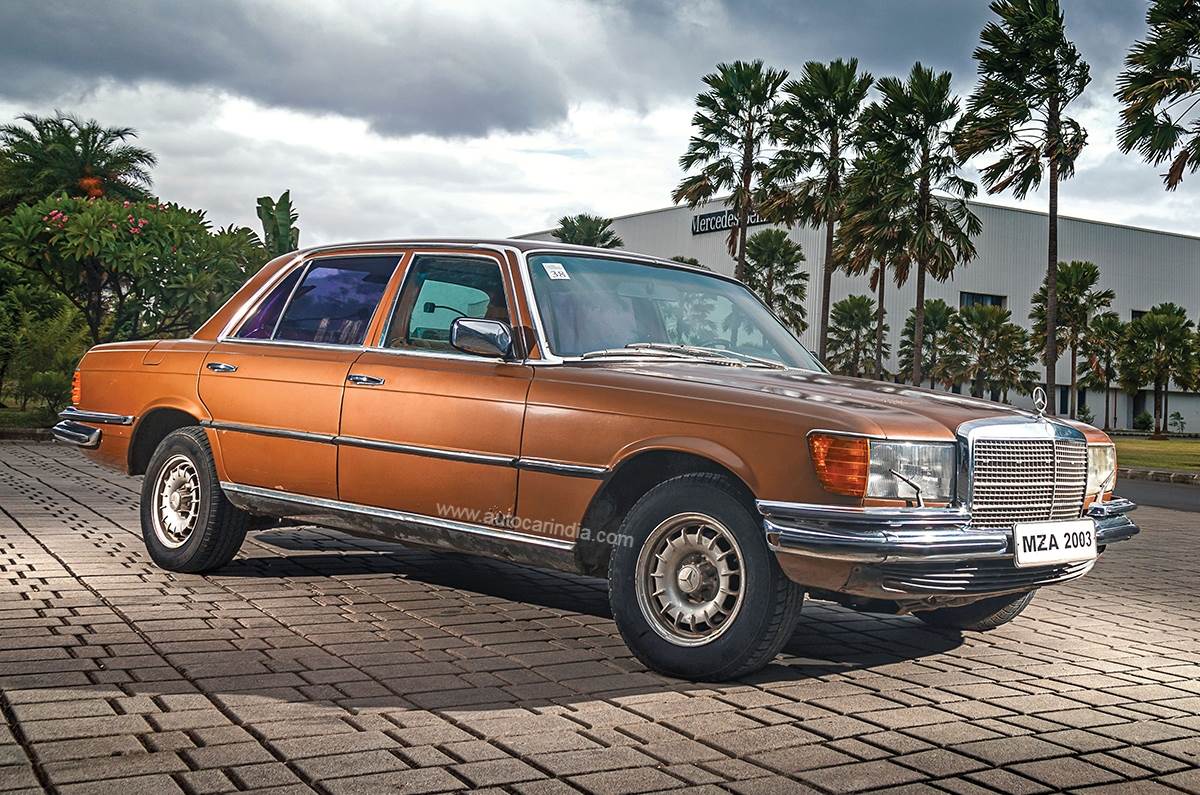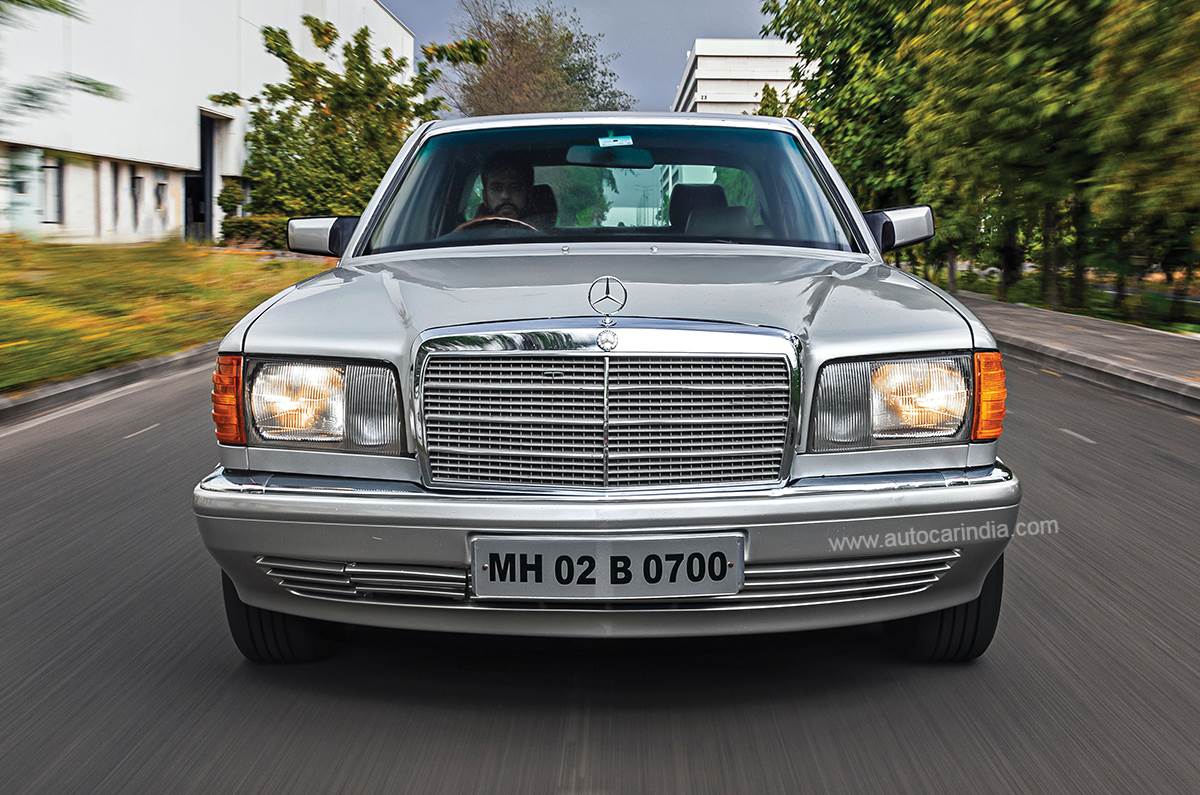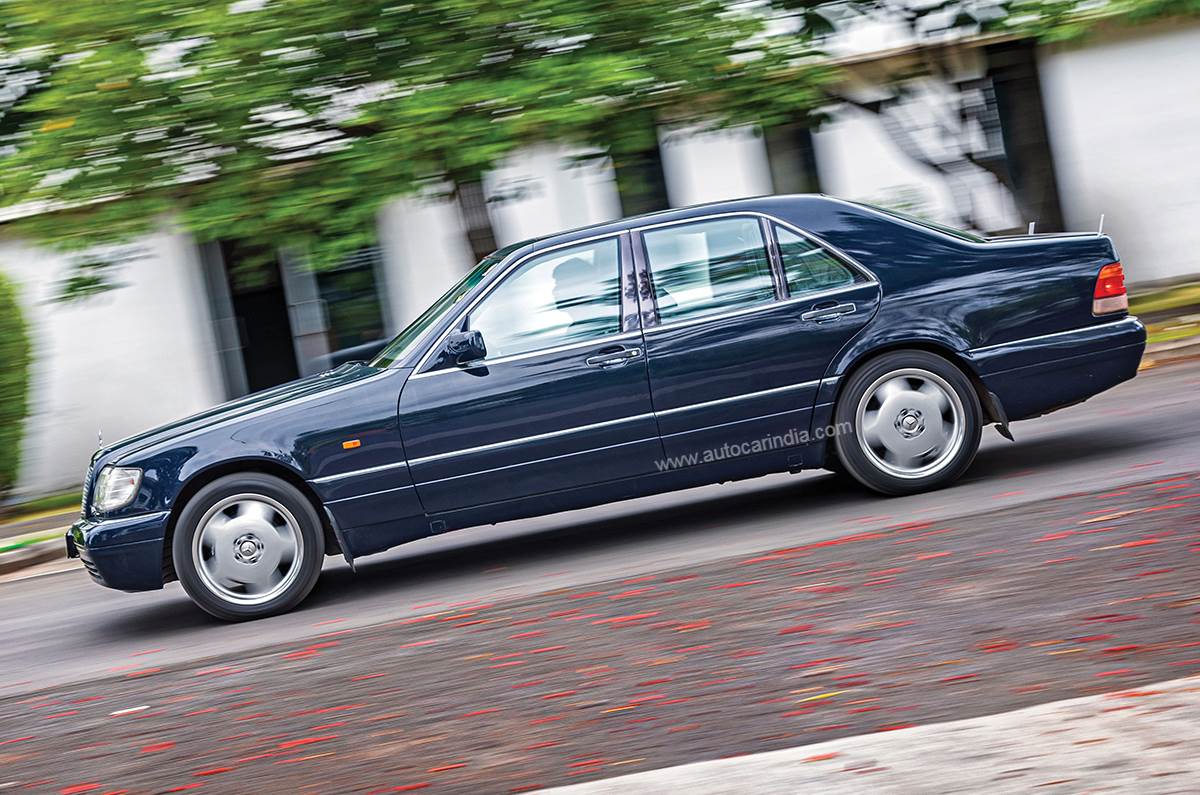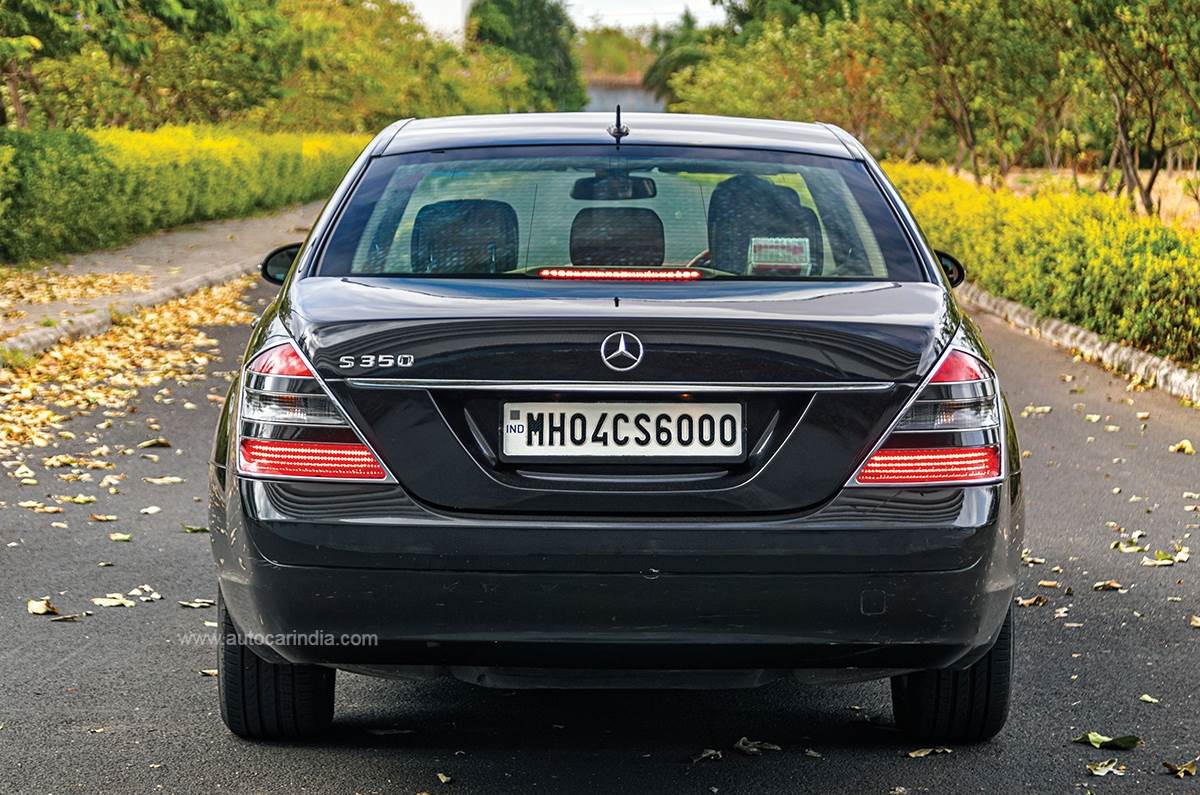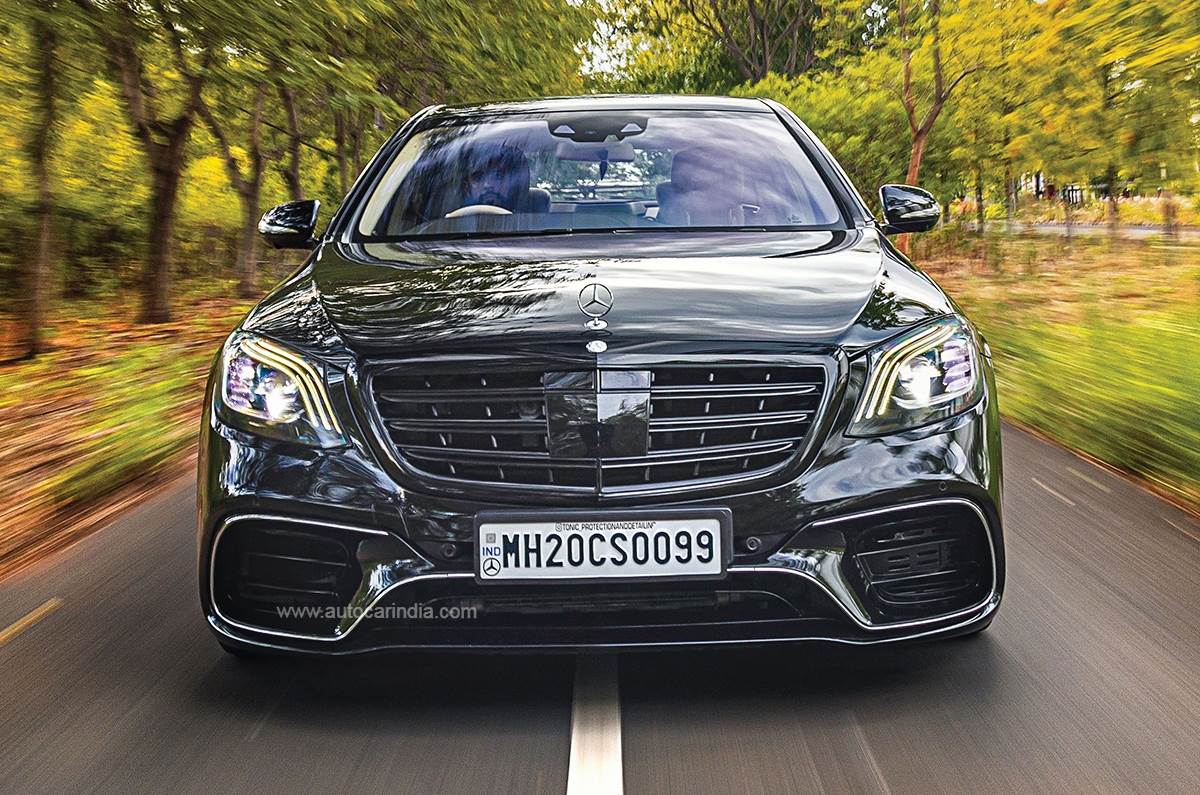Five decades, seven generations, one big celebration. As it completes half a century, here’s a ringside view of how the Mercedes-Benz S-Class has shaped the future of the automobile.
It is tough for enthusiasts to arrive at a consensus on most things automotive. But when it comes to the best car in the world, there is usually widespread agreement on the title being deserved by the Mercedes-Benz S-Class.
Few cars have the same stature as the S-Class. The Sonderclass (‘special class’ in German), or the S-Class, has been redefining the future of the automobile for decades and pushing the envelope with regard to innovation and technology. At the same time, it has consistently managed to set gold standards in comfort and luxury.
It’s mainly those three things that make an S-Class an S-Class. Designed and engineered by the company that invented the automobile, every successive generation of the S-Class has provided a glimpse into the future – an example of what all is possible to do in a car. Most of the safety and technological innovations that we commonly see in cars today made their debut in the S-Class.
The iconic nameplate turned 50 years old recently. That’s five decades and seven generations of dominance in the luxury car segment, and half a century of being the de-facto choice for powerful people and people in power. The thing with the S-Class also is that it never really gets obsolete. In fact, the older they get, the more sought-after they become.
Autocar India recently assembled all seven generations of the S-Class, along with their owners, at the Mercedes-Benz India facility in Pune to celebrate this milestone, and got their owners to tell us why the S-Class is so special. The owners, as you will discover, have been the real brand ambassadors of the car and almost all of them have been S-Class loyalists for as long as they can remember.
W116 (1972-1980)
It all began here
The S-Class name was first put in 1972 on the W116. It was a car with many firsts, and the generation that showcased Mercedes’ obsession with safety. The W116 was the first car to be built with a comprehensive integral safety concept and housed the crash-protected fuel tank. It was also the first car to be equipped with ABS as we know it today, and it has since saved innumerable lives.
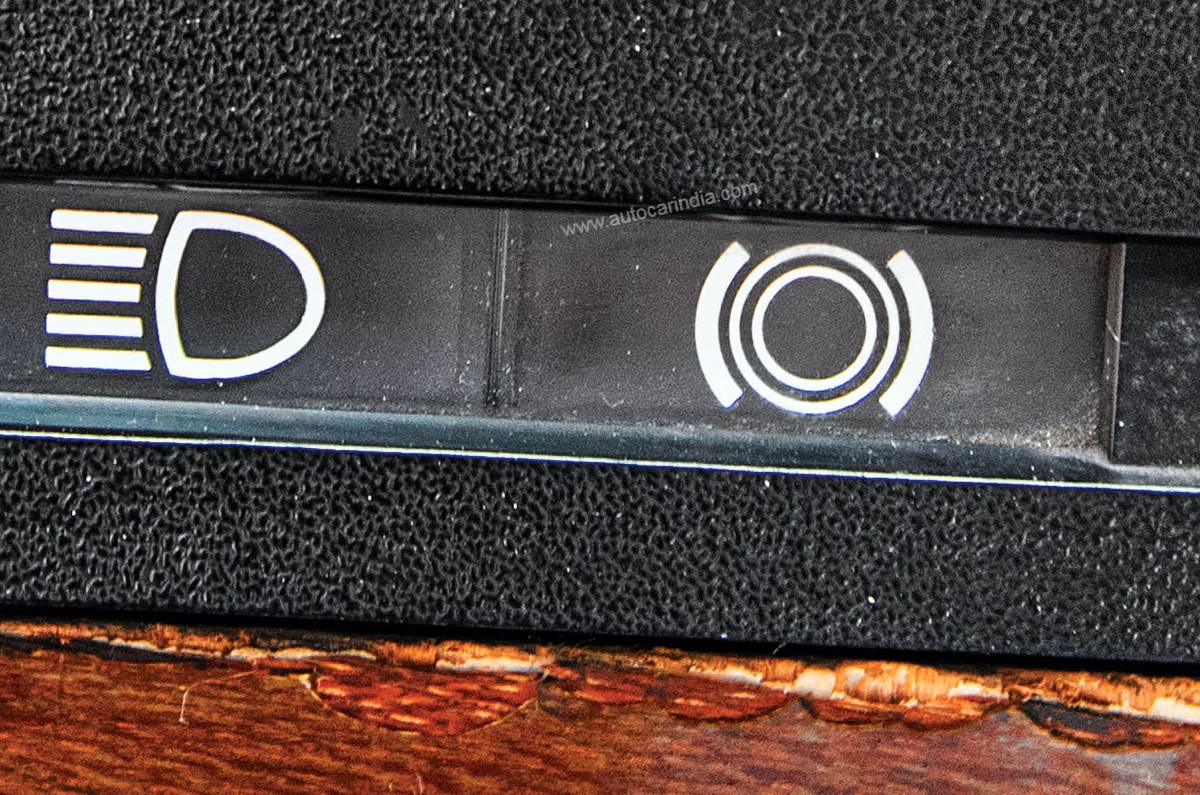
It was the first production car to be fitted with a turbo diesel engine and also came with hydro-pneumatic suspension. Mercedes-Benz also offered the W116 with the 6.9-litre V8 engine – the highest capacity engine produced by the brand after WWII – and this particular model was one of the fastest cars on sale at its time.
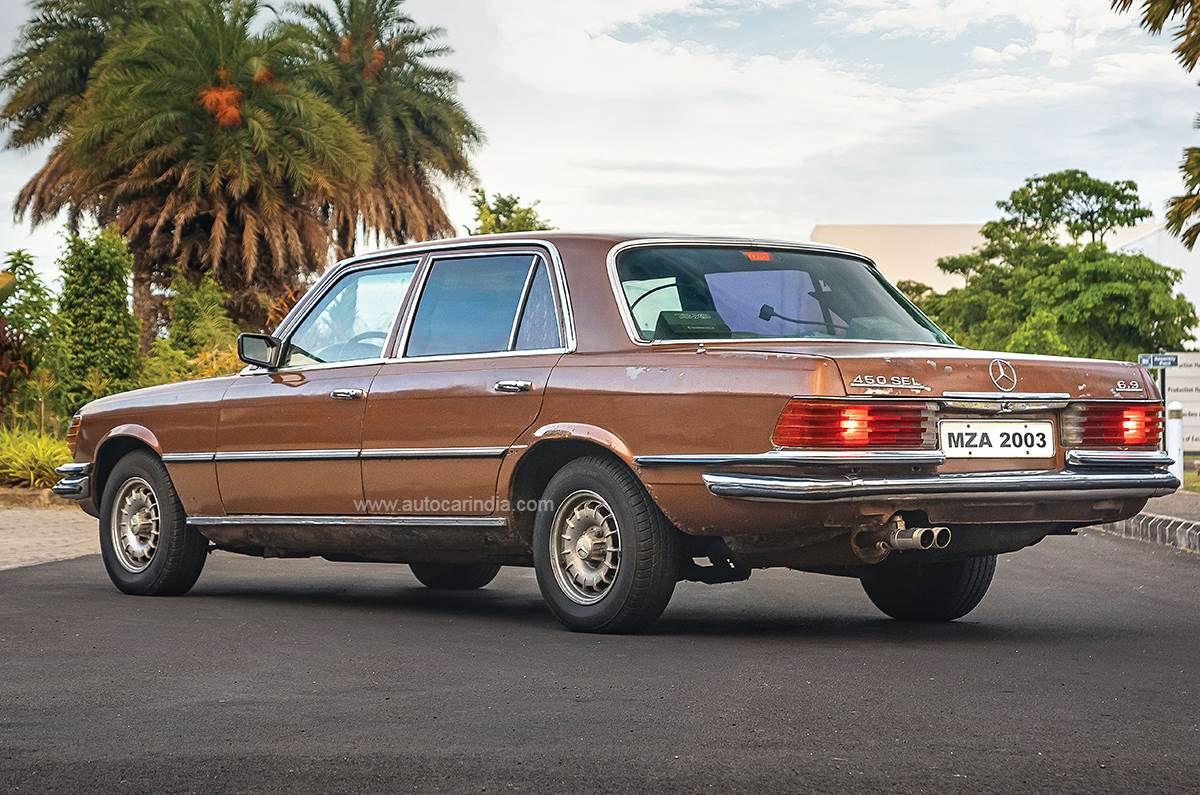
The 6.9-litre engine is what attracted Behram Marker to this particular W116. He had been fascinated with it as a child and finally acquired it 19 years ago. What makes it even more special is that it is the only known W116 450 SEL 6.9 in India.
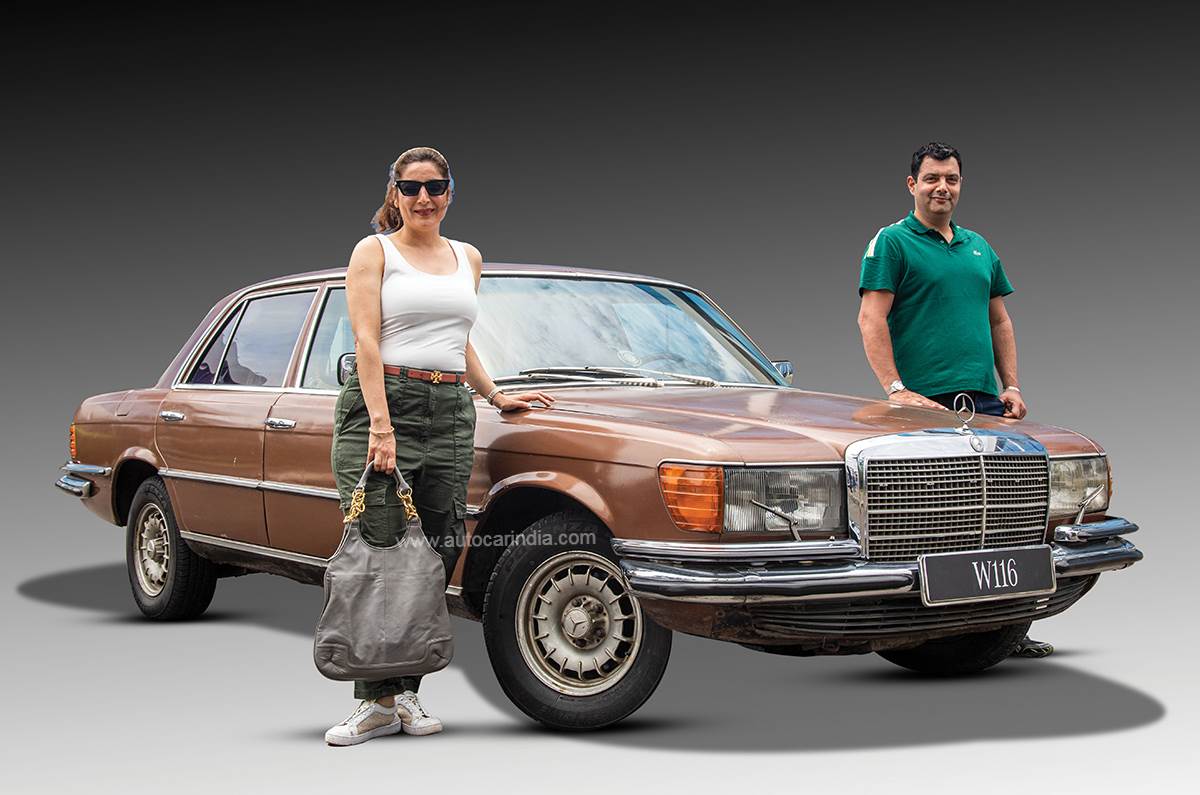
“It is a beautiful experience to drive this car. Mercedes built these type of cars where every single part is engineered to last a lifetime or more,” said Marker. He is planning to restore his car soon, but wants to keep it as close to the original as possible by going in for a sympathetic restoration.
V126 (1979-1992)
Steel and rubber never felt more comfortable together
As Mercedes-Benz rolled into the Eighties, the new-generation S-Class built on the attributes of the first-generation model. Safety was again the focus, with the V126 pioneering the Supplemental Restraint System Airbag where the seat belt pre-tensioners were made to work in sync with the front occupant airbags for the first time. A new body shell structure ensured that this S-Class was the first production car to meet the frontal off-set crash criteria. It was also the first Mercedes-Benz to use deformable plastic bumpers – something that we commonly see in cars today.
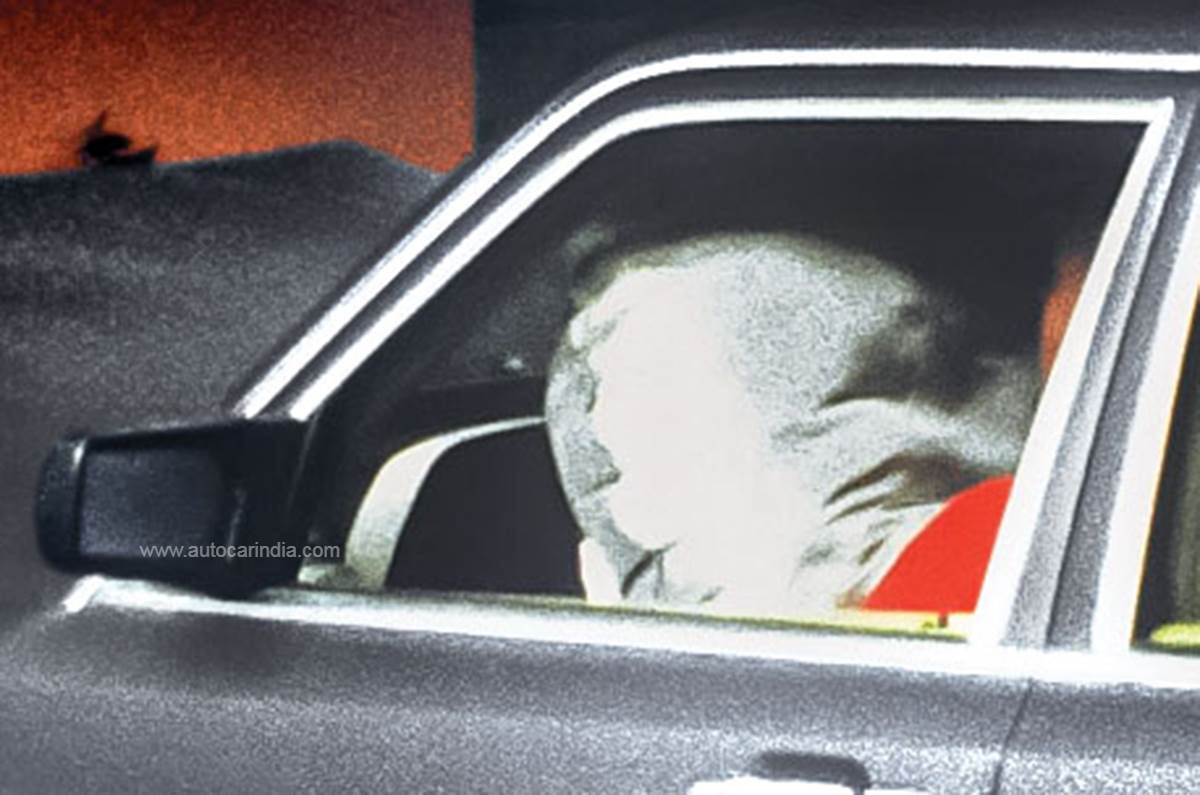
Mercedes-Benz also paid attention to making this generation of the S-Class more efficient. This was done with the use of lightweight materials in the car’s production, and it also featured an aerodynamic body developed in the wind tunnel.
The V126 went to great lengths to pamper its occupants with equipment such as eight-way powered front seats and power recline adjust for rear seats. Comfort levels were superlative, thanks to hydro-pneumatic self-levelling rear suspension, which gave it the fabled ‘magic carpet ride’ tag. It was so good that motoring pundits often said steel and rubber had never felt more comfortable together.

With over 8,00,000 units sold, the V126 was a commercial success for Mercedes-Benz. Its 12-year manufacturing run is the longest for any generation of the S-Class.
The Habibs have owned Mercedes-Benz models since the 1930s, including several S-Classes, and a V126 entered their garage back in 1989 when it was still in production.
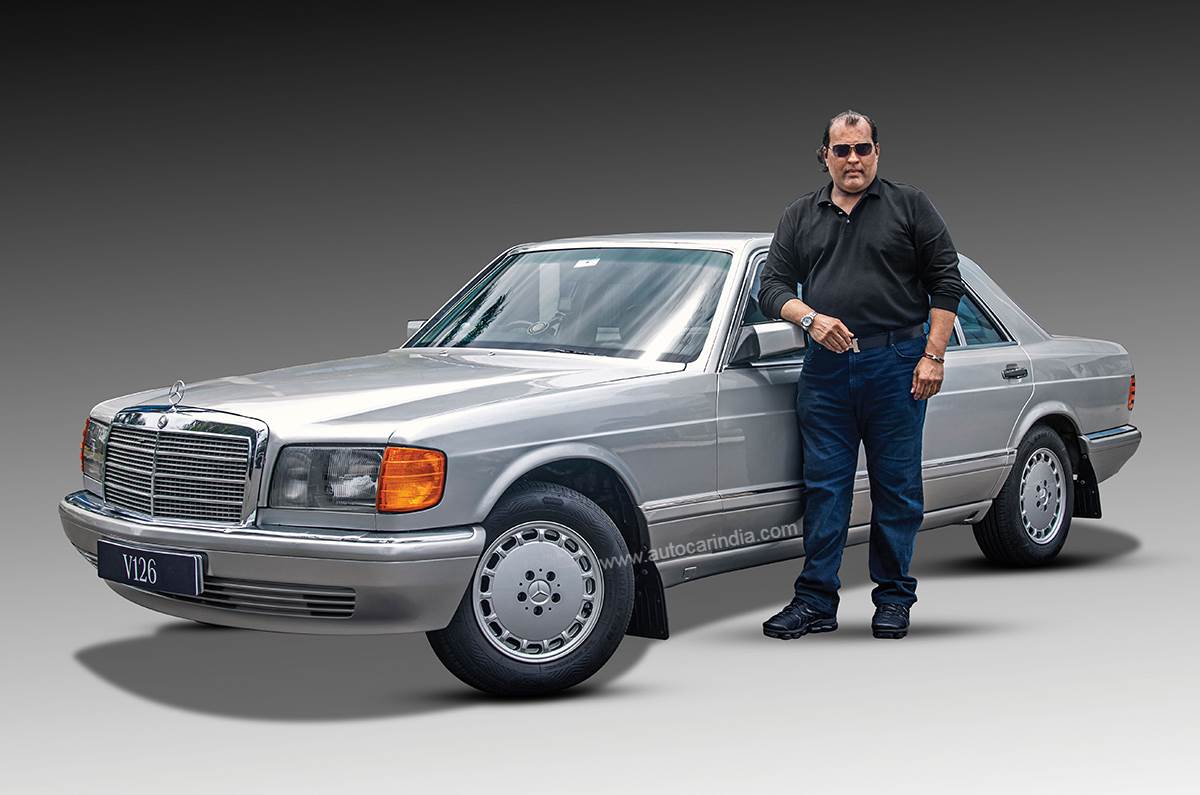
“It’s a fantastic machine. You get the power, you get the comfort, you get the reliability. It’s taken on Indian roads for the last 30-odd years, and the build quality is fantastic. The question is not why Mercedes-Benz, it’s only Mercedes-Benz,” says architect Aakif Habib.
W140 (1991-1998)
Modern Classic
The W140 is now a proper modern classic. Like the previous two generations, it felt like a car a decade ahead of its time. The focus was on cutting-edge technology such as an Auto-Pilot navigation system and one of the earliest examples of voice assistants – the LINGUATRONIC voice-operated control system. It also featured the PARKTRONIC parking assistance system.
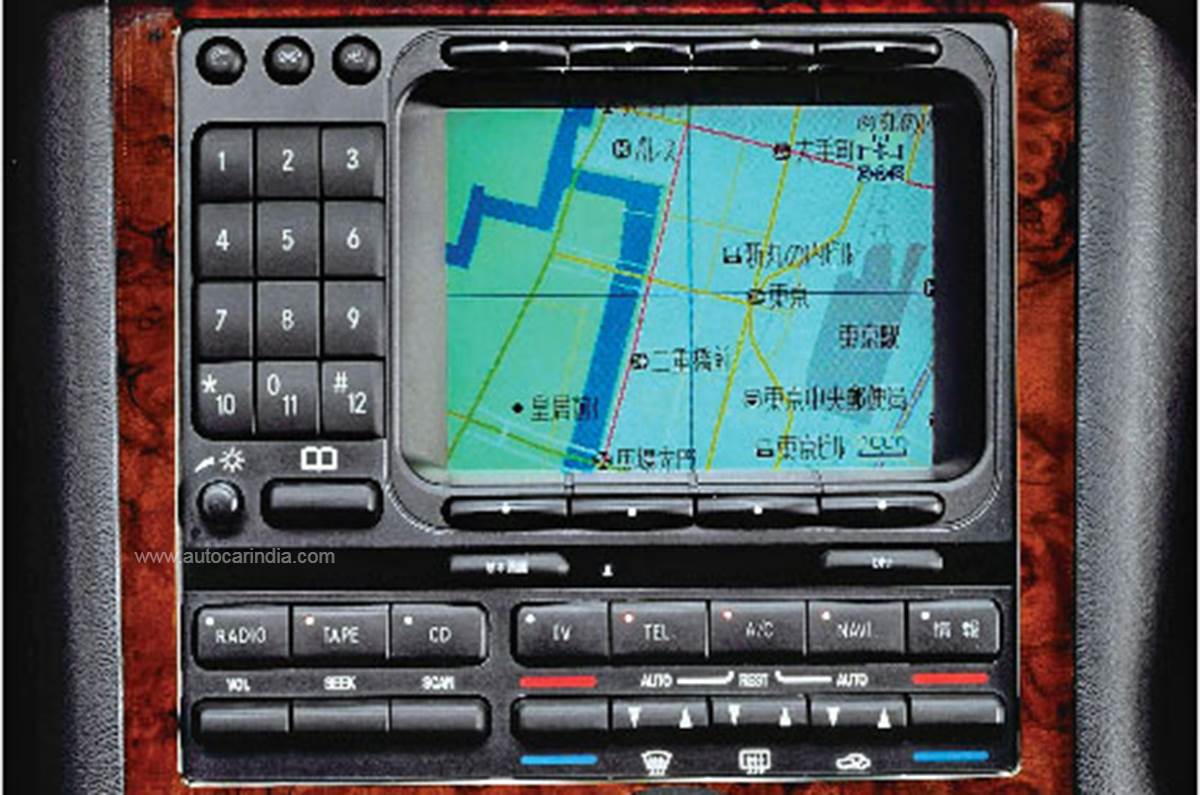
It was the first car to feature Electronic Stability Programme (ESP) and it also had Brake Assist System (BAS). For the front occupants, it featured automatic seat-belt height adjust and side airbags.
It was the first Mercedes-Benz production car to get a V12 engine, and it packed equipment like double-glazed windows and soft-close doors for first rate refinement and convenience.
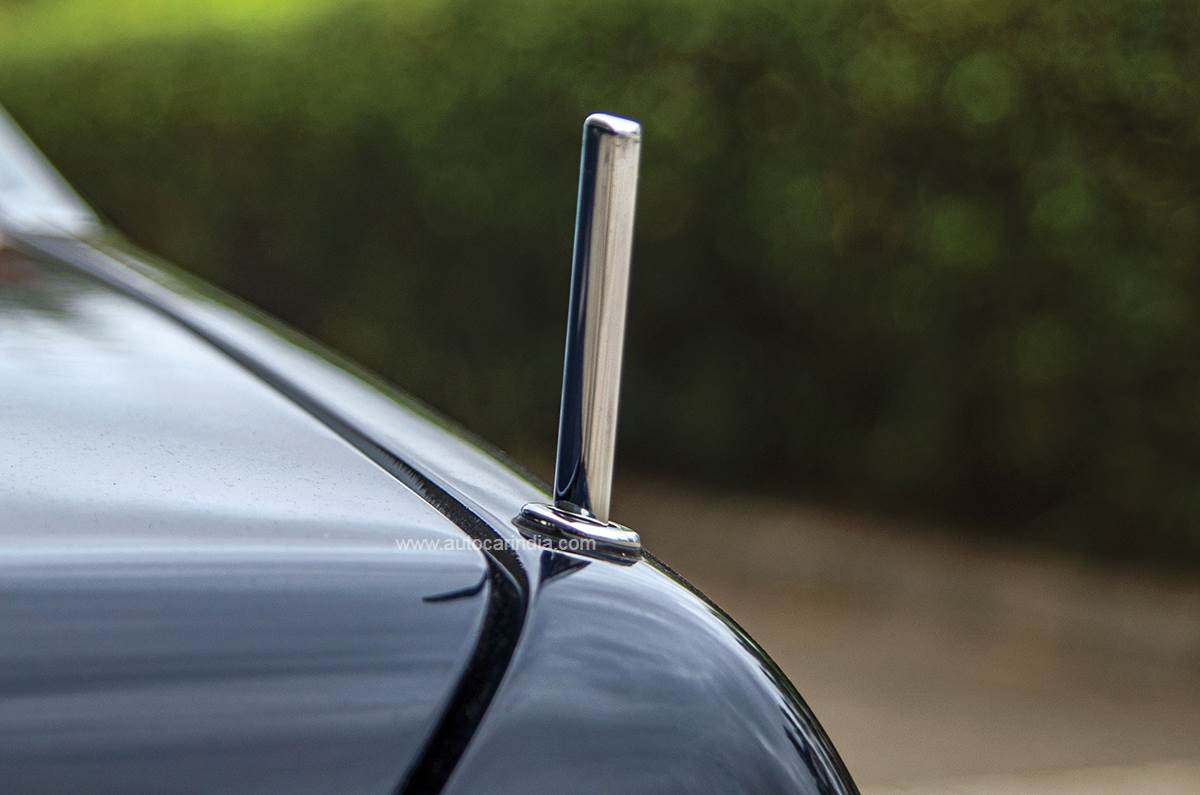
Over 20 years ago, Mercedes-Benz began the development of autonomous driving with the W140. One of the prototypes was converted in such a way that a computer was able to operate the steering, throttle valve and brakes. The prototype drove at speeds up to 130kph for a distance of 1,000km.
Satish Jaysankar fell in love with his friend’s W140 while they were both driving down to the Mercedes-Benz Classic Car Rally in 2014 from Bengaluru to Mumbai. Jaysankar bought the car from his friend immediately after the rally.
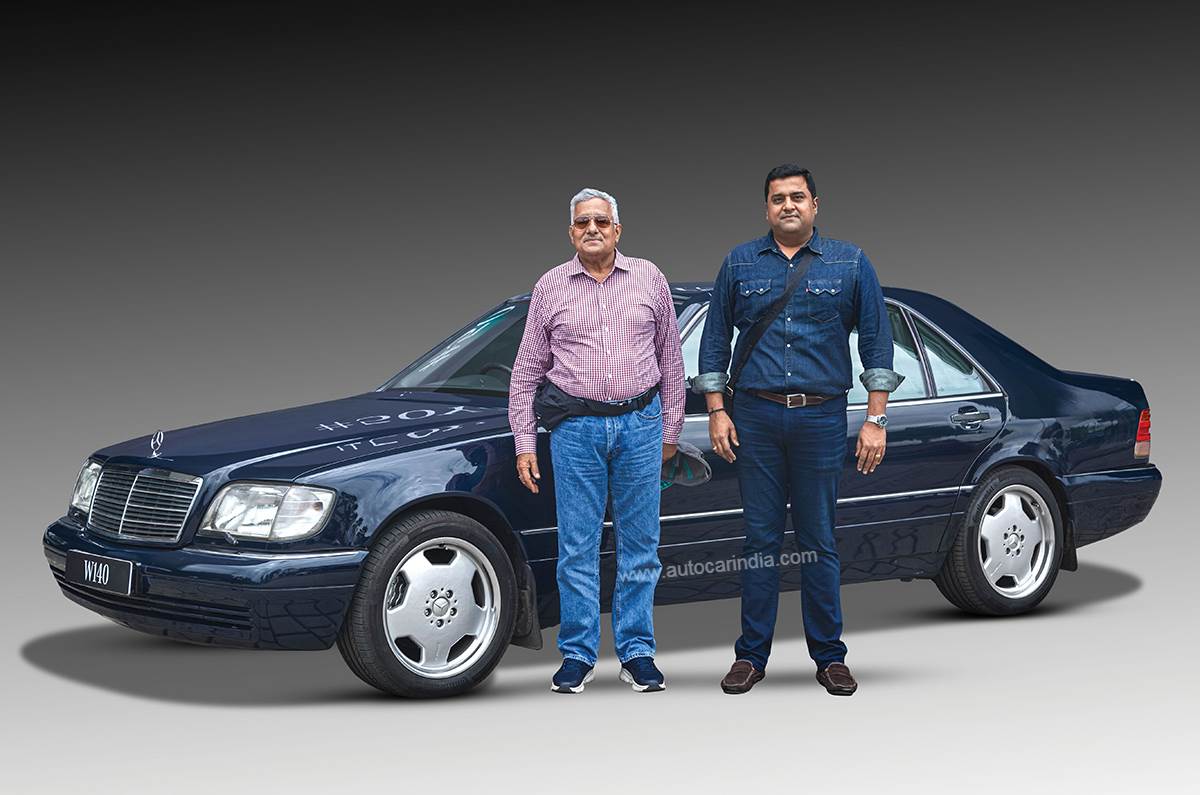
After owning many contemporary Mercedes models, the W140 is what made him a Mercedes-Benz classic car collector and the deep blue W140 is one of his daily drivers. He sums it up best: “You really feel like you are driving a tank.”
The S-Class came to India almost 30 years after its global debut, but as is evident from the stories of people such as Marker and Habib, S-Class loyalists have loved the luxe limo long before it officially entered India.
V220 (1998-2005)
Hello India
The V220 started the India chapter of the Special Class. Introduced at the turn of the century, with advanced features and 340 patents, the V220 was ready to enter the new millennium.
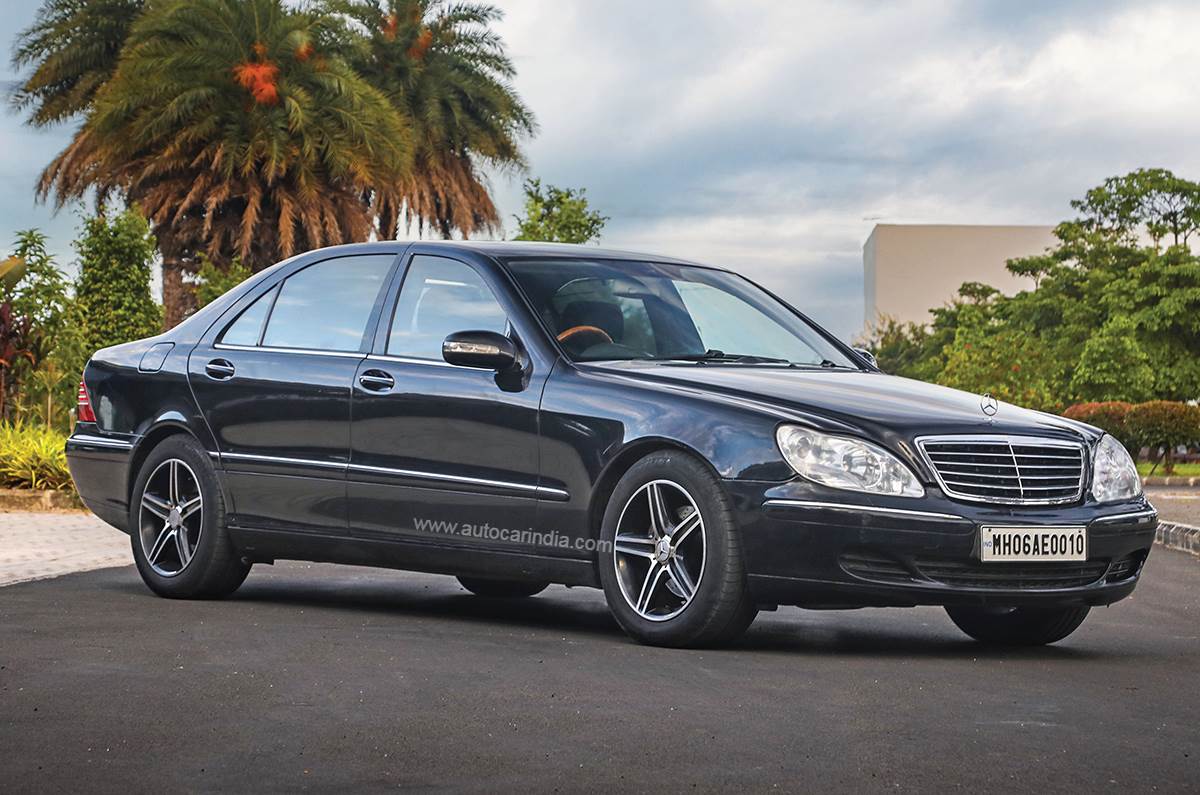
Its most distinct feature was its design. Mercedes-Benz moved to a more futuristic design language with the V220. What did not change, however, was its ability to set new trends in automotive technology.
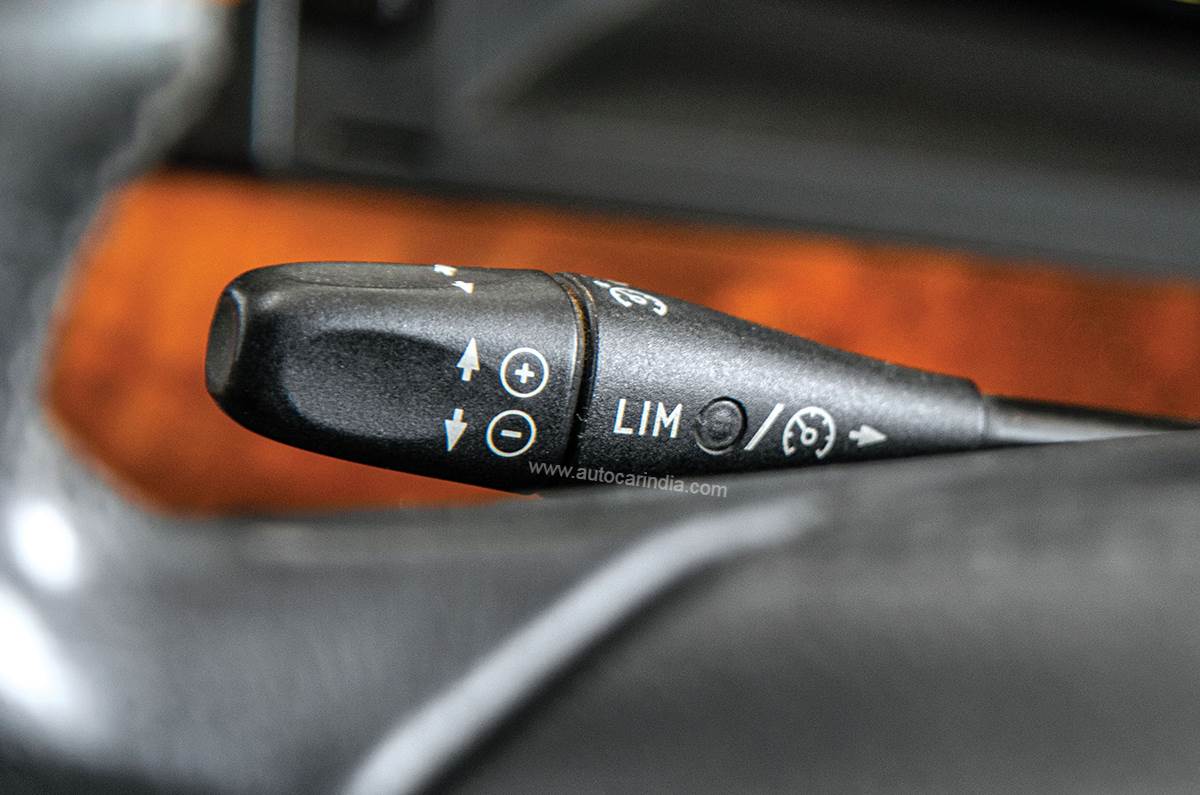
The V220 S-Class came with keyless entry, and debuted DISTRONIC radar-guided cruise control. It also had features like COMAND control and a display system with dynamic navigation. Mercedes-Benz took safety to a new level with PRE-SAFE – a system that would anticipate an accident and activate preventive safety measures like closing the sunroof and tightening seatbelts.
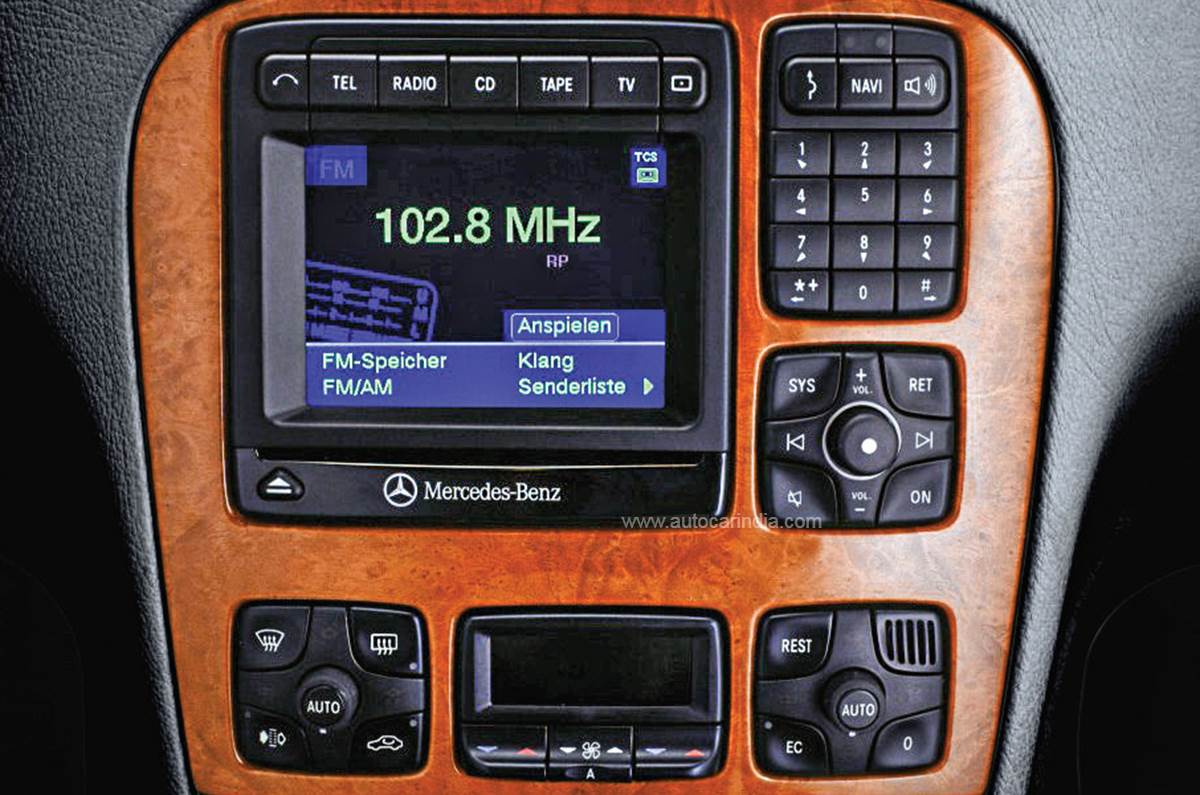
The V220 offered standard air suspension, which made it glide over the worst of road surfaces. Aryan Shirole fell for this combination of elegant design, outstanding ride comfort and technology. Shirole always aspired to own an S-Class and he fulfilled his dream with the fourth-generation model.
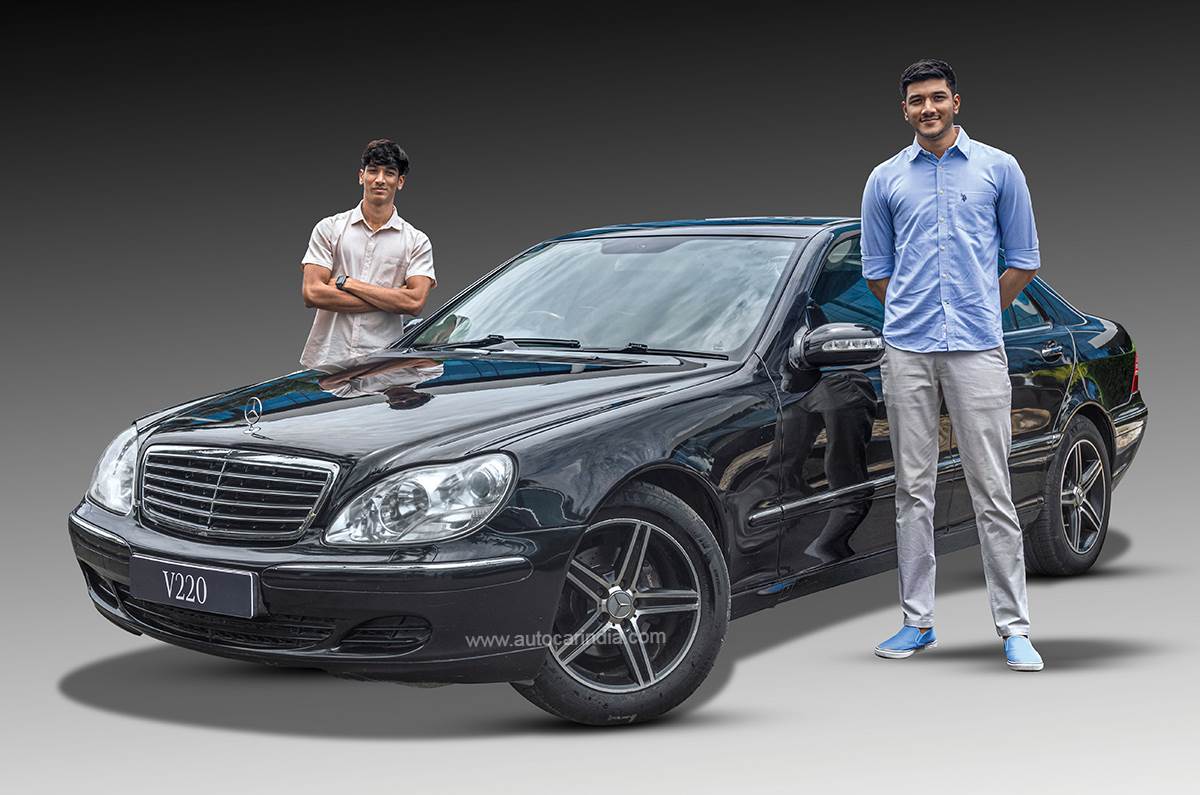
“It’s a 15-year old car, but it still wafts on the road,” says Shirole. The air suspension and screen on Shirole’s V220 all look and run like new.
V221 (2005-2013)
Best got better
The V220 was replaced by the much bolder looking V221 that was characterised by cutting-edge digital technology. It debuted with Mercedes’ dynamic Night View Assist, and it was also equipped with an enhanced proximity-controlled cruise control DISTRONIC Plus featuring Lane Keeping Assist.

Safety, as always, was paramount and to that end, it came equipped with the PRE-SAFE brake system with autonomous partial braking, which was later updated to perform full-stop autonomous braking. This was the first generation of the S-Class to have a hybrid powertrain.

The V221 offered impeccable road manners with an ultra-comfy ride. The interior, which was embellished with chrome , wood and leather, made it look and feel extra special.
The Hedes, who own this particular V221, have owned every generation of the S-Class, right from the 220S Ponton – from an era way before Mercedes-Benz cars were officially sold in India.

“The V221 was launched some 17 years ago, and none of its competitors came close to what it delivered,” says Samit Hede.
The statement “once an S-Class, always an S-Class” seems to ring true. After all, there is nothing to upgrade to when you have the absolute pinnacle in automobiles than its newer version.
V222 (2013-2020)
Out of this world
The V222, which was sold in India between 2014 and 2021, opened up even more possibilities in innovation and safety. It debuted driver assistance systems, which were a precursor to autonomous driving.

It also had radars that could scan the road ahead and automatically adjust the suspension to thwart threats posed by surface undulations. Moreover, it was the first car in the world entirely without traditional bulbs.
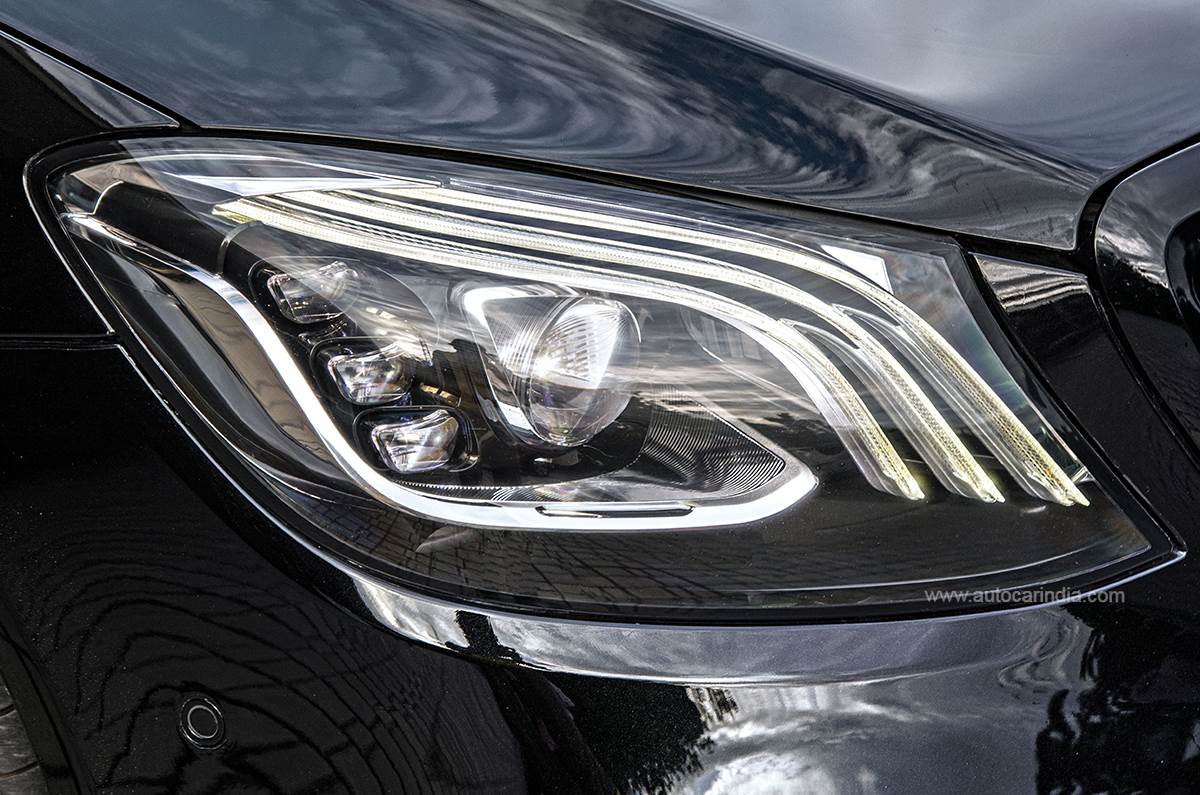
This generation elevated comfort by offering massage and active seat ventilation. It also came with Energising wellness control that merged several in-car features to boost passenger wellness. The Maybach range was added as the most luxurious variant in the S-Class line-up.
In India, the diesel-powered V222 S-Class was the first car to meet BS6 emission norms more than two years before the sale of BS4 engines was banned by the government. It was also the first Mercedes-Benz in India to offer Advanced Driver Assistance Systems (ADAS).
The V222 S-Class was a no-brainer when the Rustomjis set out to buy a new family car. They wanted the world’s best car and the S500 fit the bill. Their V222 has an added AMG body kit, which, says Rohan Rustomji, gives it a good blend of luxury and sportiness.
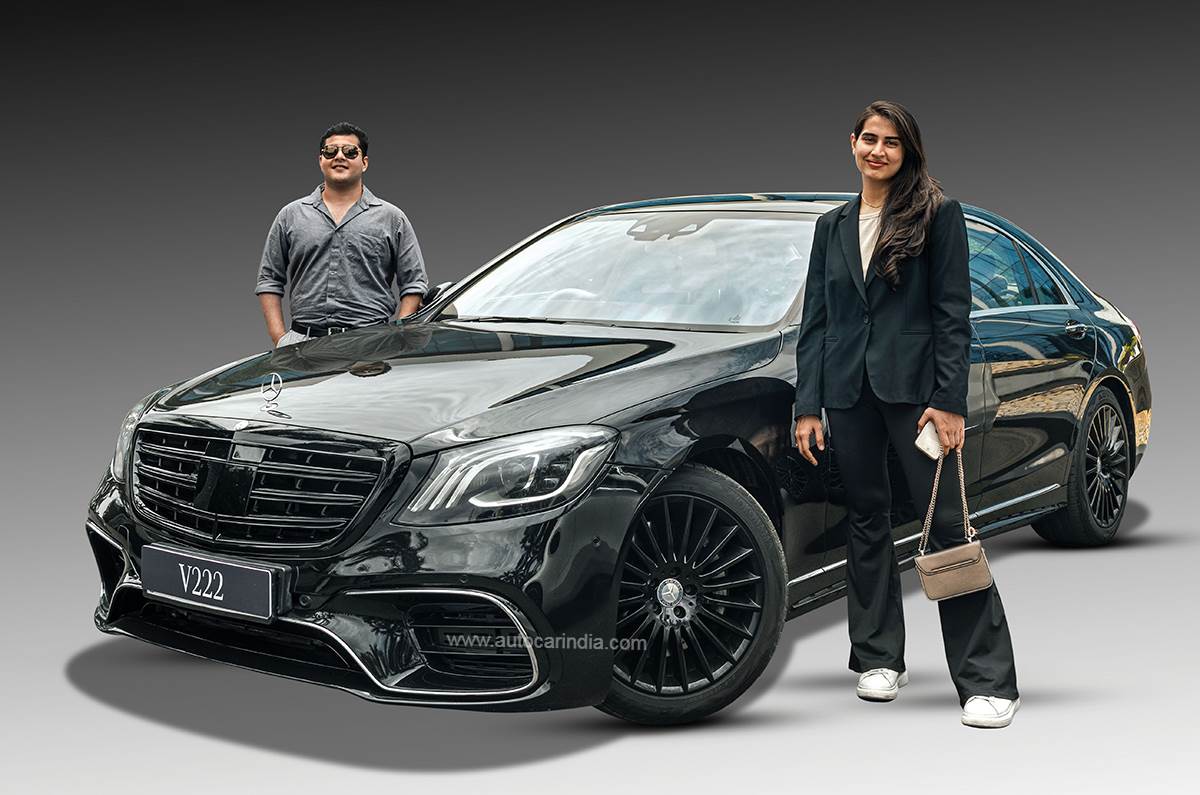
“The Magic Carpet ride is phenomenal. The way the car scans the road ahead and adjusts the suspension is out of this world,” says Rustomji.
V223 (2020-present)
Heading into the future
Technology rules in the V223’s cabin. With up to five screens, the second-generation MBUX system enables another level of human-to-machine interaction through innovations like augmented reality heads-up display and spatial perception through 3D eye-tracking.
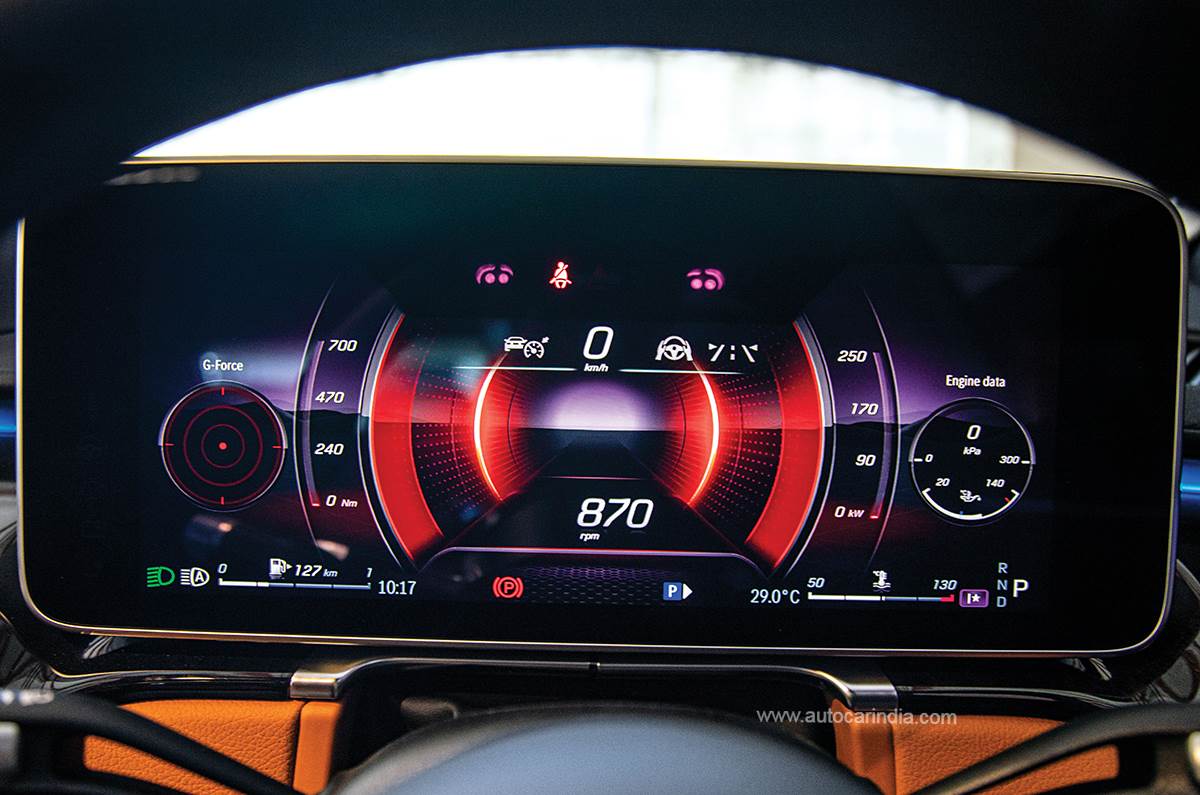
Safety is enhanced, and Mercedes-Benz has added the world’s first series production rear-seat airbag. It also features rear-axle steering that can steer the rear wheels up to 10 degrees to aid manoeuvrability.
Like previous S-Classes, the V223 S-Class is everything a car can be – the best in safety, tech, comfort and luxury. In typical S-Class fashion, it is sure to be the torchbearer until a new S-Class arrives.
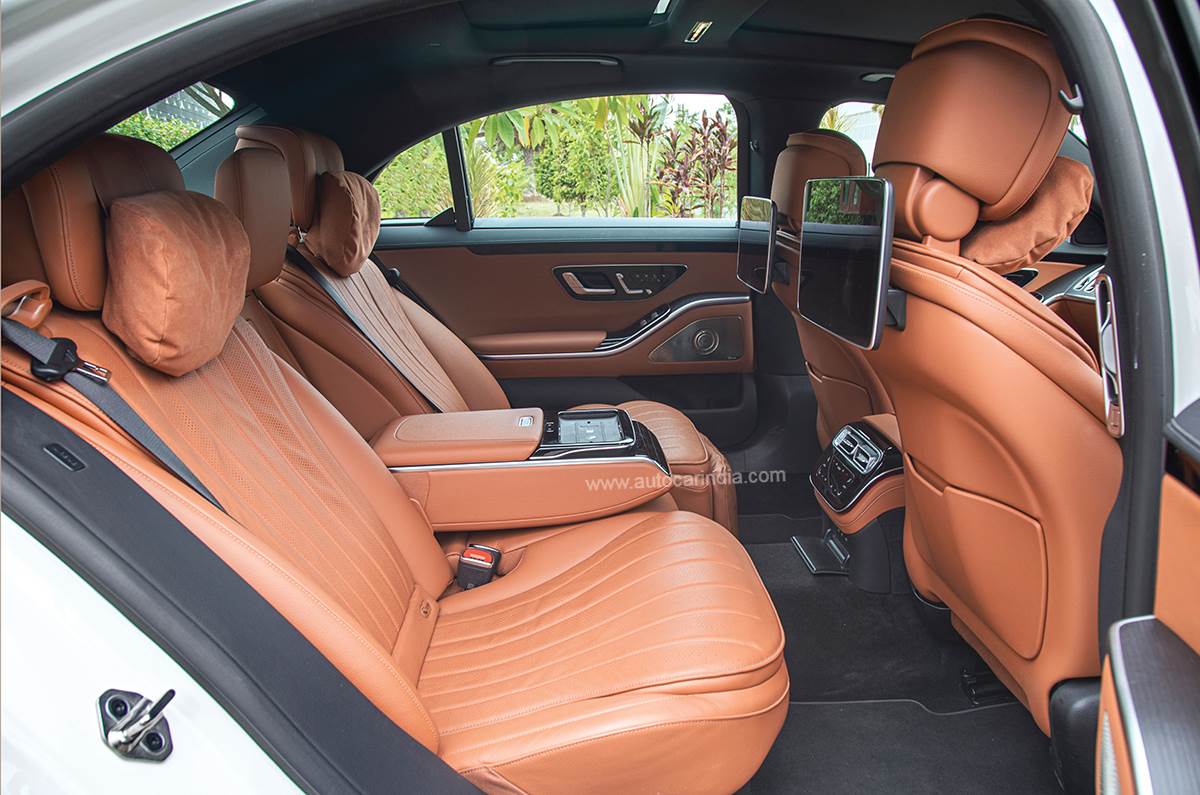
With autonomous driving and electrification altering the course of the automobile, it would be interesting to see what the S-Class of the future will be capable of. In the meanwhile, here’s to another 50 years of sheer motoring excellence.
Also see:
Celebrating 50 years of the Mercedes-Benz S-Class





















